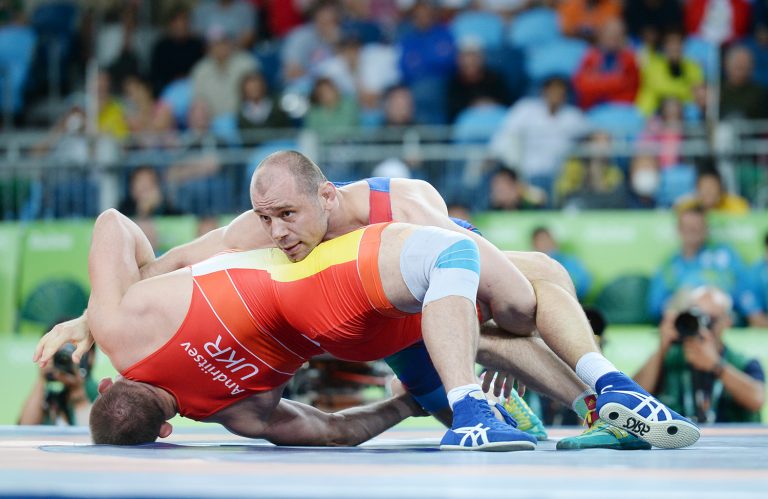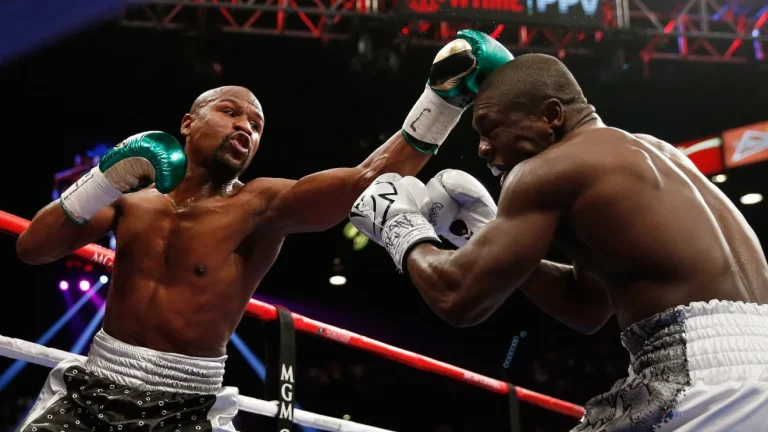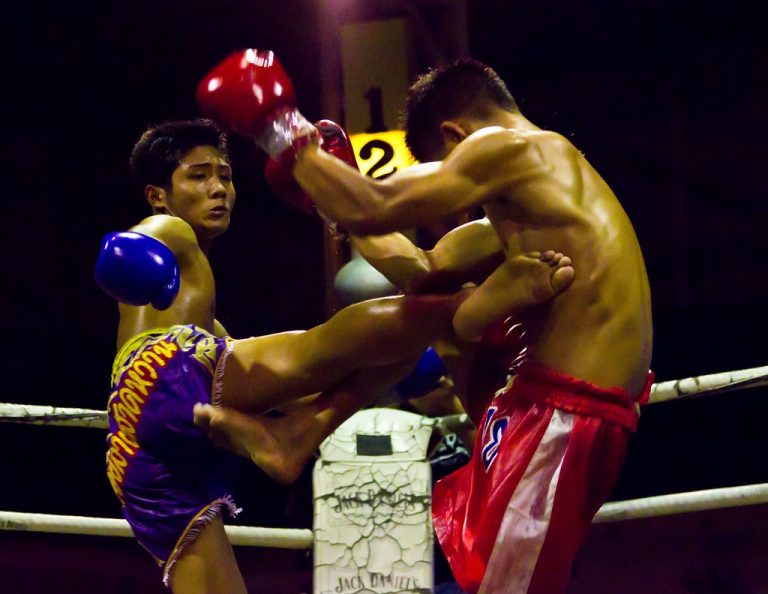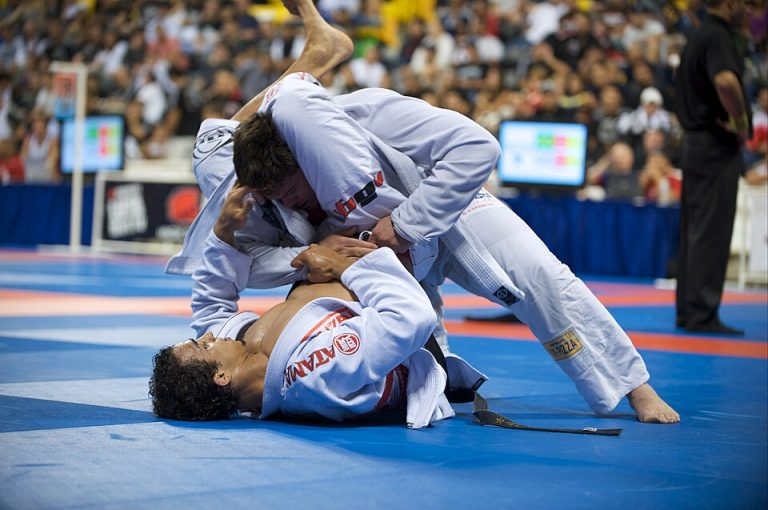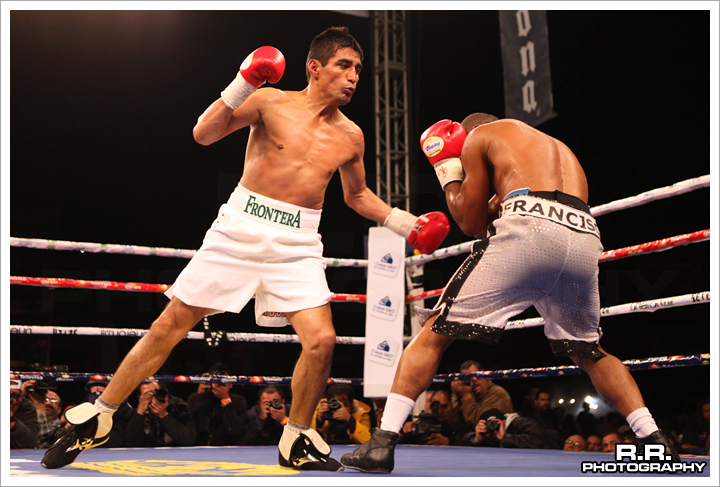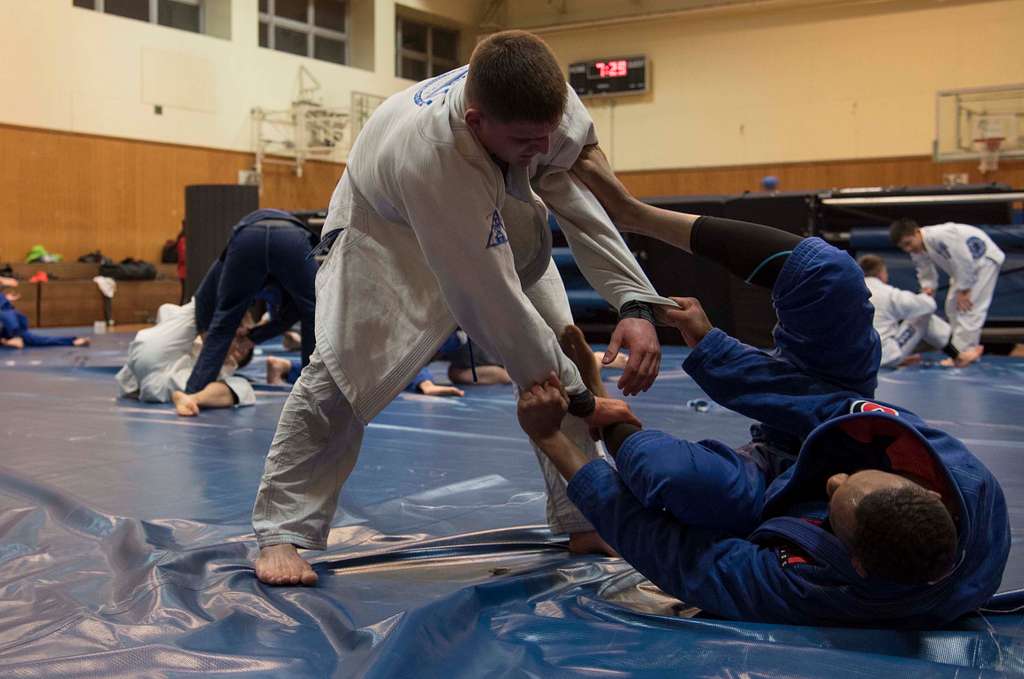
Stepping into a Brazilian Jiu-Jitsu (BJJ) gym for the first time can feel like walking into a foreign country—except everyone’s wearing pajamas and discussing the best way to twist your limbs. Don’t panic! BJJ isn’t just for UFC fighters or people who enjoy bear hugs. It’s a martial art that rewards strategy over strength, making it perfect for all body types. Plus, it’s safer than striking-based sports (no black eyes here!).
20 Sport BJJ Terms You Should Know
With BJJ’s popularity surging—thanks to its real-world self-defense benefits and full-body workouts—it’s time to decode the lingo so you can walk into class feeling like a seasoned grappler. Let’s break down the 20 BJJ terms every newbie needs to know, along with drills to sharpen your skills and pro tips to avoid looking like a lost tourist.
1. Gi (Your BJJ Uniform)
Your Gi (pronounced “Gee”) is your BJJ uniform—a thick, reinforced jacket and pants designed to withstand the tug-of-war that defines this martial art. Unlike flimsy karate uniforms, BJJ Gis are built like tanks. Pro tip: Opt for a pre-shrunk Gi to avoid surprise shrinkage after washing (nobody wants capri pants).
2. Oss (The Universal BJJ Greeting)
“Oss!” is the Swiss Army knife of BJJ slang. Use it to greet teammates, acknowledge a slick move, or when you’re too gassed to form complete sentences. It’s a sign of respect and grit derived from Japanese martial arts. Don’t yell it during Netflix time—your roommate might side-eye you.
Tip: Save “Oss” for the gym. Overusing it at the grocery store won’t earn you discounts (trust us).
3. Rolling (BJJ Sparring)
Rolling is BJJ’s version of sparring—think chess, but with limbs. It’s where you test techniques against a resisting partner. Newbies often panic and flail like an overturned turtle. Relax! Focus on survival first.
Drill: Try positional rolling. Start in a specific position (e.g., guard) and reset once someone escapes or submits. It’s like practicing guitar chords instead of jumping into a solo.
4. Tap Out (Live to Roll Another Day)
Tapping is your lifeline. Whether you’re caught in an armbar or just need air, tap your partner, the mat, or yell “TAP!” immediately. No one cares how many times you tap—except your joints.
Pro Tip: Tap early, tap often. Your ego heals faster than a torn ACL.
5. Guard (Your Secret Weapon on the Bottom)
The guard is BJJ’s signature position. On your back? Wrap your legs around your opponent’s torso to control them. Variations include closed guard (legs locked) and open guard (legs active for sweeps).
Drill: Guard retention drill. Have a partner try to pass your guard while you use your legs and hips to block them.
6. Mount (Dominance Personified)
Being mounted means your opponent is sitting on your chest like a throne. Your goal? Bridge, shrimp, or buck them off. Conversely, if you’re on top, stay heavy—imagine you’re a sandbag.
Drill: Practice mount escapes daily. Start in mount, then bridge and shrimp to regain guard. Repeat until your abs scream.
7. Side Control (The Crossface of Doom)
In side control, you’re pinning your opponent chest-to-chest. It’s a dominant position, but staying tight is key. Avoid floating like a butterfly—pressure is your friend.
Pro Tip: Use a cross-face to limit your opponent’s options in top side control.
8. Shrimping (The Escape Artist’s Move)
Shrimping is the ABCs of BJJ defense. Lie on your side, push off the mat with your foot, and “shrimp” away to create space. It feels awkward at first—like breakdancing in slow motion—but it’s gold for escaping pins.
Drill: 10-minute shrimp marathon. Shrimp across the mat, rest and repeat. Your core will thank you later.
9. Sweep (Flip the Script)
A sweep reverses positions—from bottom to top—in one smooth move. The scissor sweep and L sweep are classics. Timing is everything: Sweep when their weight shifts.
Drill: Practice the scissor sweep; it’s very effective. From closed guard, bring one of your legs to your opponent’s neck and scissor your legs in opposite directions while holding on to the arm closest to the direction you’re taking them.
10. Flow Rolling (Grace Under Pressure)
Flow rolling is light, cooperative sparring where you chain techniques without force. It’s like a dance, minus the music. Use it to experiment with transitions.
Pro Tip: Flow with higher belts. They’ll slow down and teach you mid-roll.
11. Submission
A submission forces your opponent to tap via joint locks (e.g., armbar) or chokes (e.g., rear naked choke). It’s the ultimate goal in rolling.
12. Takedown
A takedown brings the fight to the ground from standing. Think single-leg or double-legs.
Drill: Practice takedown entries with a partner. Start slowly to avoid face-planting.
13. Belt Ranks
BJJ uses colored belts (white → blue → purple → brown → black) to signify skill. Stripes on belts mark progress within each rank.
Pro Tip: Don’t worry about promotions. Focus on improving your skills, not earning new belt colors.
14. Kimura
The Kimura is a shoulder lock where you isolate the arm and rotate it inward. Named after MMA legend Masahiko Kimura.
Drill: Drill the Kimura from side control. Grip their wrist, trap their arm, and crank (gently!).
15. Armbar
This submission technique hyperextends the elbow joint by trapping an arm between your legs. It’s a classic submission.
Drill: Practice transitioning from mount to armbar.
16. Base
Base means maintaining balance and stability. Keep your hips low and your weight centered to avoid being swept.
Drill: Have a partner push you while you practice shifting your base.
17. Posture
Good posture (straight spine, chin tucked) in guard or mount prevents your opponent from breaking you down.
Tip: Imagine balancing a book on your head during drills.
18. Underhook/Overhook
An underhook is threading your arm under your opponent’s armpit; an overhook wraps over their arm. Both control their upper body.
Drill: Practice pummeling (switching between underhooks and overhooks) with a partner.
19. Half Guard
One of your legs is entangled with your opponent’s in half guard. Use it to sweep or regain full guard.
Drill: Drill the electric chair sweep from half guard.
20. Back Control
Also called back mount, back control is one of BJJ’s most dominant positions. Finish with a rear naked choke! If that doesn’t work, look for an armbar.
Drill: Practice transitioning from turtle position to back control.
Bonus: 3 Must-Try BJJ Drills for Beginners
- Takedown to Guard Pass: Start standing, take your partner down, then pass their guard.
- Submission Chains: Link 2-3 submissions (e.g., armbar to triangle choke).
- Granby Rolls: Master this flashy escape from the turtle position.
FAQs
Q: How often should I train BJJ?
A: 2-3 times weekly to build muscle memory without burnout.
Q: What if I’m not flexible?
A: BJJ improves flexibility! Start with dynamic stretching routines.
Final Thoughts
Now that you’re armed with these terms and drills, you’re ready to hit the mats with confidence. Remember, even BJJ legends like Marcelo Garcia tapped 1,000 times before earning their black belts.
Read more:
Monetizing Your Martial Arts Skillset in the Gig Economy
Master the Philly Shell: 20 Boxing Combinations for Defense & Counterattack Domination
How to Throw a Haymaker Punch Like a Pro (Without Knocking Yourself Out)
15 Anaerobic Exercises to Torch Calories and Build Muscle
Is Sport BJJ Effective for Self-Defense? Breaking Down Myths & Realities


